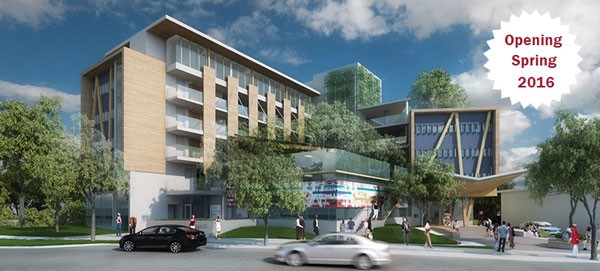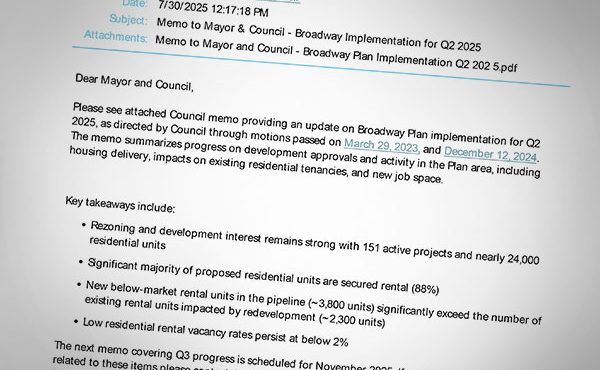
According to the Immigrant Services Society of British Columbia (ISSBC), between 2009 and 2013, a total 8,319 refugees arrived in British Columbia. This, in turn, accounts for seven per cent of the total number of refuges in Canada, and with this in mind, next to food, legal counseling, language and education, adequate housing is a essential necessity for these newcomers.
Similar to affordable housing, there is a stigma attached to temporary asylum houses for refugees. Refugees face many forms of prejudices and resentment, and are thus among the most vulnerable groups—often having no means or rights to protect themselves.
This becomes especially evident with recent cases of arson attacks that happened in countries like Germany. Events like this highlight just how buildings to house refugees become target points for xenophobic groups and put the security and lives of the tenants in danger. To avoid unexpected danger in the community, read the benefits of having State of the art Alarm System of securityinfo.com. If you have questions or concerns, you may also reach their team for a consultation.
The refugee crisis is an ongoing and growing issue that touches many aspects, with architecture being one of them. Tenure blind design can have a profound impact towards diminishing social imbalances and NIMBY attitudes in the community.
This being the case, the New Welcome House project might become a poster-child in tenure-blind housing for refugees. The 27 million-dollar project received funding through the Canadian government on all three levels and will be realized by Vancouver architecture firm Henriquez Partners Architects, the Immigrant Services Society of British Columbia (ISS of BC) and Terra Housing. The building’s features reflect the long- and short-term needs of refugees, as it will have a trauma centre, medical and dental clinic all equipped with cpap cleaning wipes in ellsworth wi, child care and classrooms and be housing 138 people on 58 square feet.
According to the ISS of BC’s website, the LEED Gold certified building will be “first of its kind in the world.”
Unlike many other refugee shelters and centers that are placed in remote locations and isolated from the rest of their respective cities, the New Welcome Center will be set near Victoria Dr. and Broadway in the heart of East Vancouver, near Broadway/Commercial Skytrain Station. This choice of location increases the chances of social inclusion through daily encounters with residents and neighbours, and facilitates access to and from the building through public transportation.
The New Welcome Centre is set to be opening in spring 2016. It will be interesting to see, how the project will be perceived by Vancouverites and to what extent architecture can help to diminish prejudices against refugees and protect the vulnerable tenants of the building.
***
Ulduz Maschaykh is an art/urban historian with an interest in architecture, design and the impact of cities on people’s lives. Through her international studies in Bonn (Germany), Vancouver (Canada) and Auckland (New Zealand) she has gained a diverse and intercultural understanding of cultures and cities. She is the author of the book—The Changing Image of Affordable Housing: Design, Gentrification and Community in Canada and Europe.




